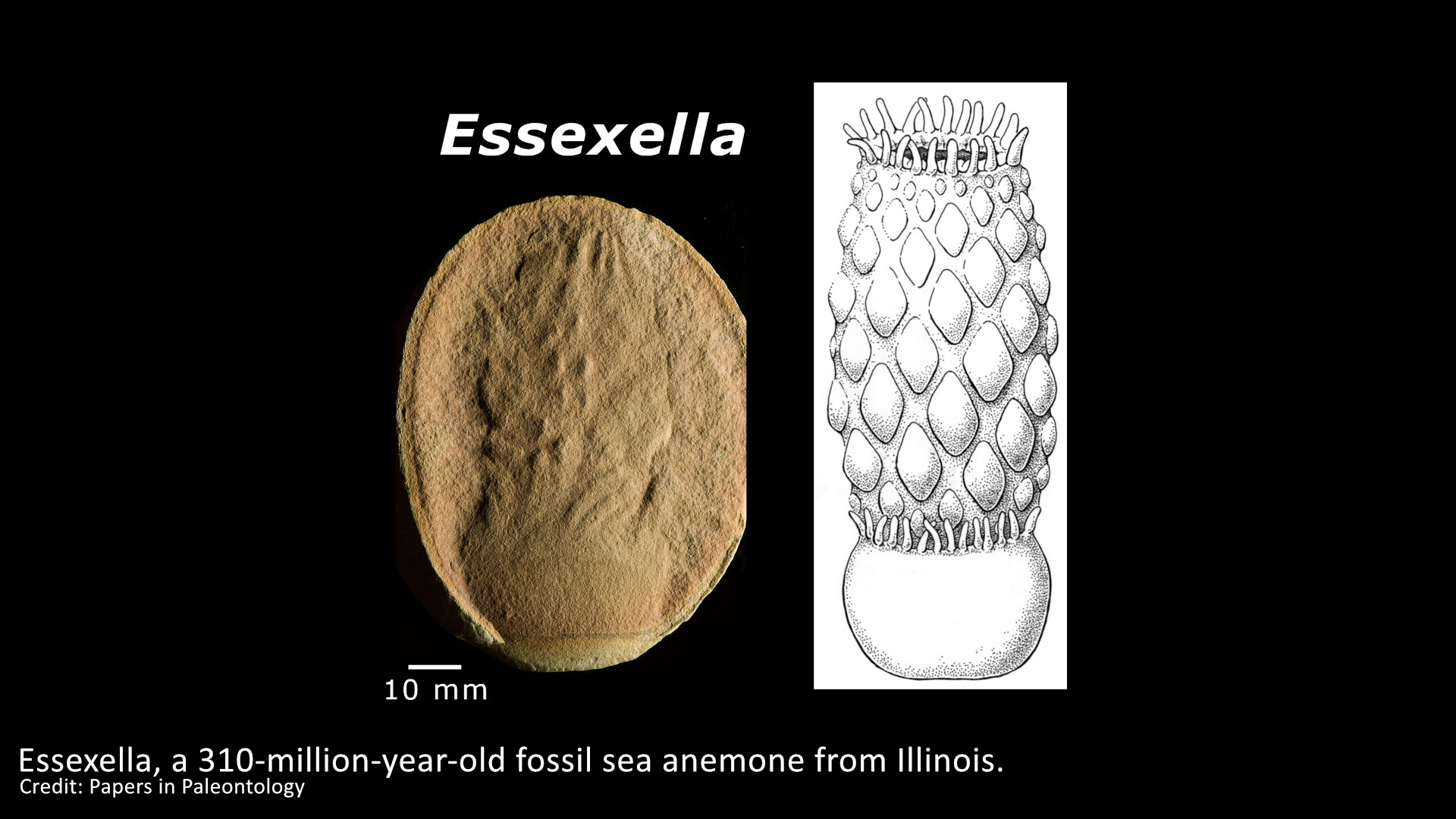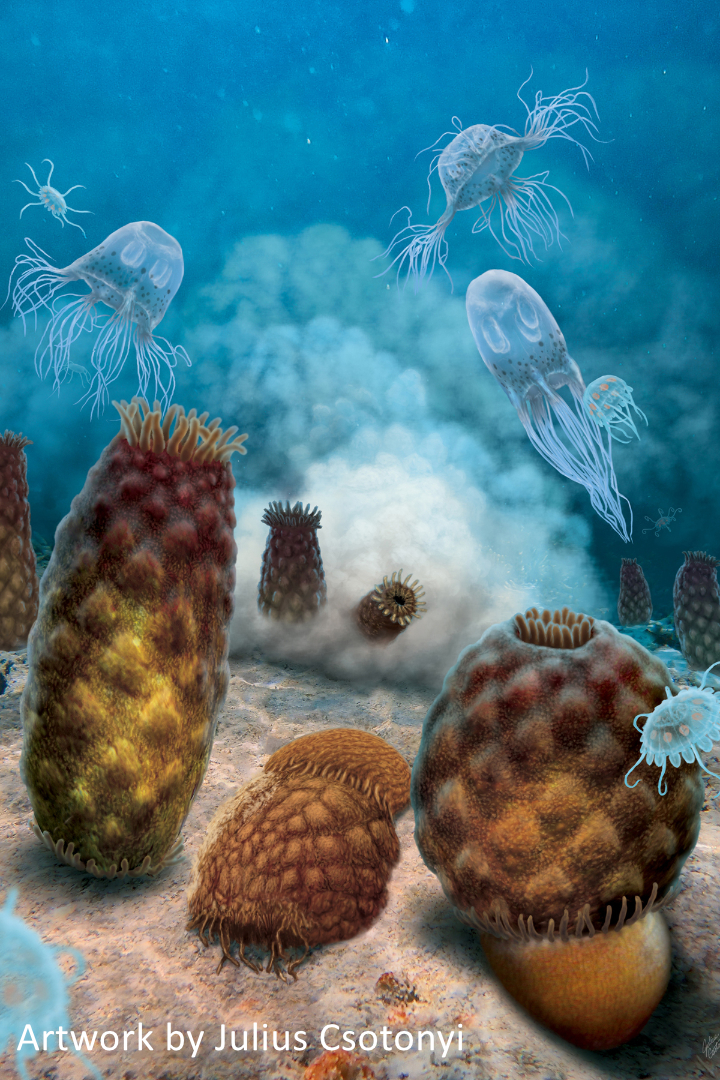Paleontologists flip the script on anemone fossils

Anemones are extremely popular in the marine aquarium trade because they create a symbiotic relationship with clownfish and because of how great they look. Their tentacles come in different colors, shapes and sizes. They are considered an invertebrate, which means they do not have any bones. There is so many different types and colors that can be found within our oceans.
Due to their fleshy bodies and how they lack bones, the anemone is not commonly seen in fossils. However, a team of paleontologists have found countless anemone fossils that have been hiding in plain sight for almost 50 years. The University of Illinois’ Roy Plotnick thought that many of their fossils were jellyfish, but when they flipped them upside down they realized that they were actually anemones.

These fossils come from the 310-million-year-old Mazon Creek deposits. Millions of anemones and other animals were buried in muddy sediments, which yielded the well-preserved fossils. Plotnick and his team determined that what they thought was the ‘bell’ of a jellyfish was actually an extended muscular foot of an anemone that was upside down.
"These fossils are better preserved than Twinkies after an apocalypse. In part that's because many of them burrowed into the seafloor as they were being buried by a stormy avalanche of mud," said study co-author James Hagadorn, an expert on unusual fossil preservation at the Denver Museum of Nature and Science.
This discovery
is allowing scientists to learn more about the evolution of the anemone and
other species, which is truly remarkable and vital to our understandings of
oceans. To learn more, please read Science Daily’s article
https://www.sciencedaily.com/releases/2023/03/230308084343.htm